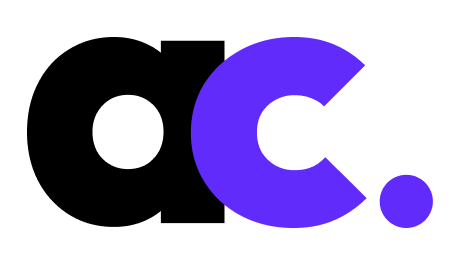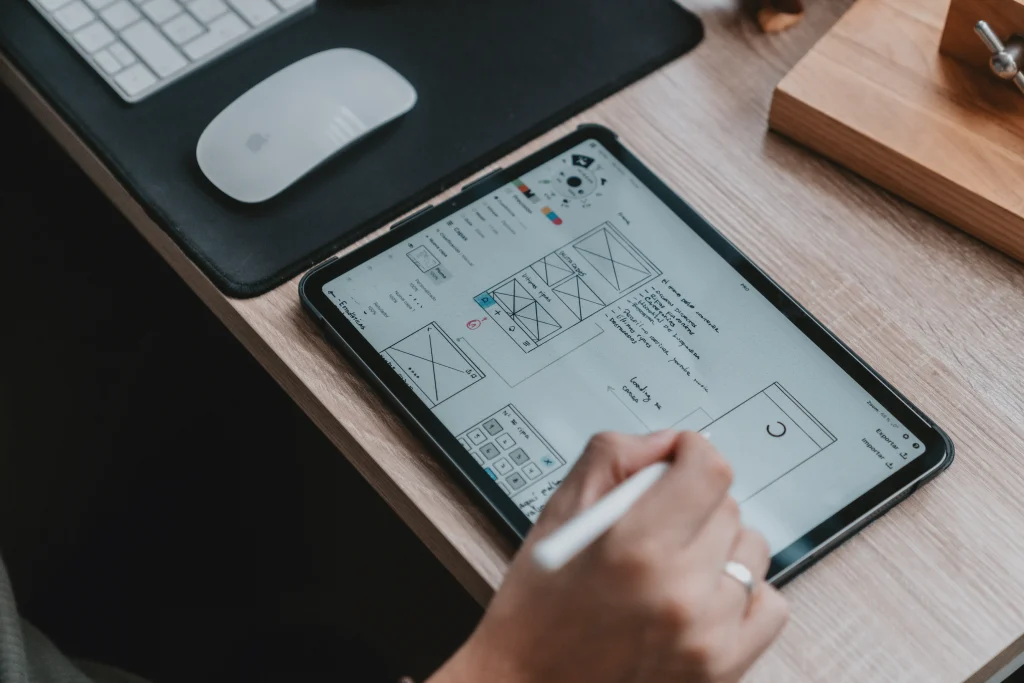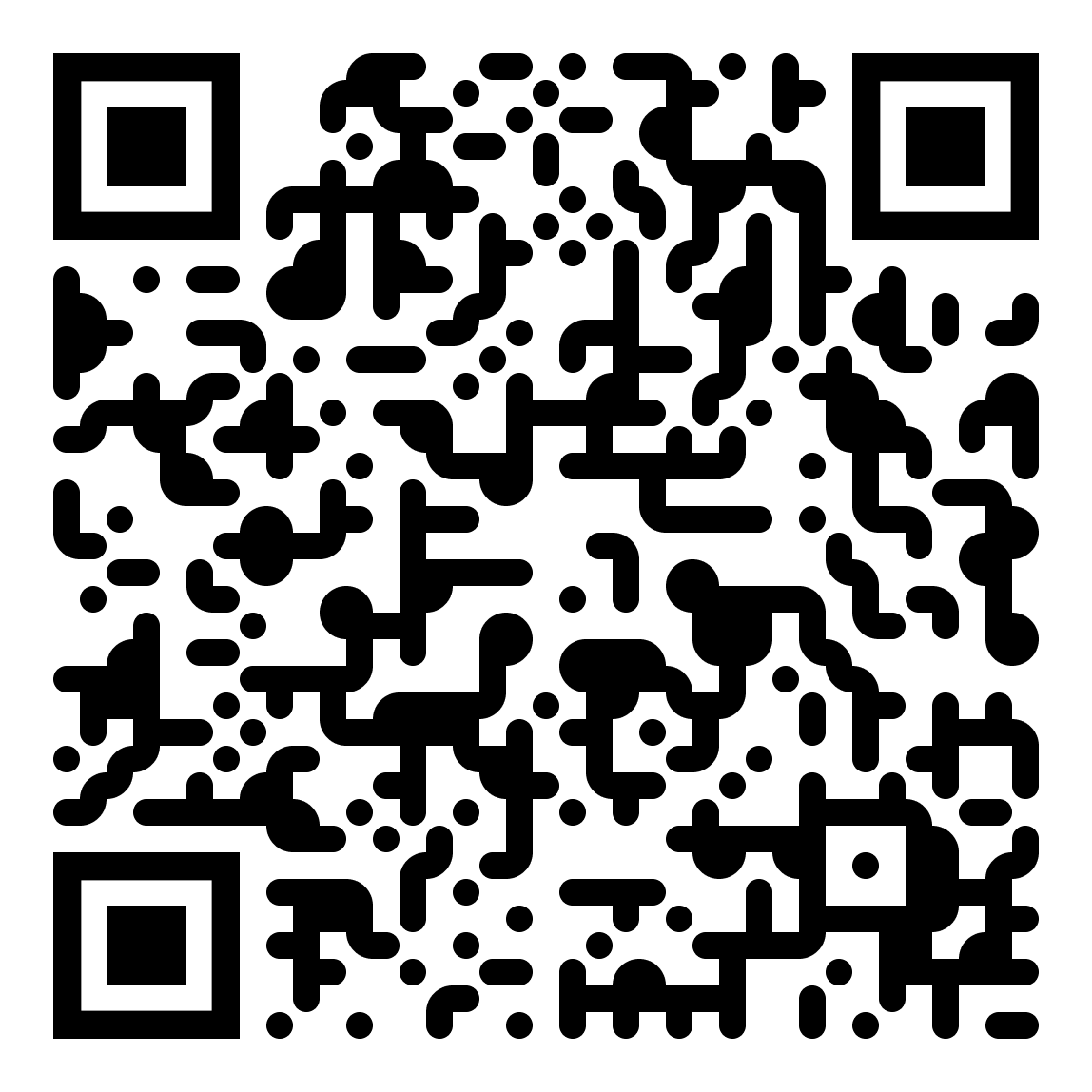User Interviews
As a UX researcher and UI designer, the first step in our UX process for designing an exceptional website is user interviews. We connect with real users, asking open-ended questions to gain valuable insights into their behaviors, needs, and pain points. By carefully documenting their responses, we identify patterns and themes that inform our design decisions and improvements. Through user interviews, we empathize with our users and create a website that truly serves their needs. Let’s dive into the fascinating world of our users and start this exciting journey together!
Tips
Planning: Determine the objectives of the interview, identify the target audience, and develop a set of open-ended questions to gather relevant insights.
Recruitment: Find and select participants who match your target audience criteria. Use methods such as online surveys, social media, or recruiting agencies to reach potential participants.
Conducting the interview: Schedule and conduct the interviews, either in person or remotely using video conferencing tools. Create a comfortable and welcoming environment for participants to encourage open and honest responses.
Active listening and note-taking: Listen attentively to participants' responses, asking follow-up questions for clarification when needed. Take detailed notes to capture key insights, quotes, and observations during the interview.
Analysis and synthesis: After completing all interviews, review and analyze the collected data. Look for patterns, common themes, and user pain points. Synthesize the findings into actionable insights that will guide the subsequent design decisions.
Survey
Surveys play a crucial role in the UX process, providing valuable quantitative insights from a larger user base. By distributing well-designed surveys, we can collect data on user preferences, behaviors, and demographics. Surveys complement qualitative research methods like user interviews, allowing us to gather statistically significant data and identify broader trends. By defining clear objectives, designing effective surveys, targeting the right audience, and analyzing the data, we gain a comprehensive understanding of user needs and preferences. This data-driven approach empowers us to make informed design decisions and create a website that better meets user expectations.
Tips
Define survey objectives: Clearly articulate the goals and objectives of the survey. Determine the specific research questions you want to answer and the insights you seek to gain from the survey.
Design the survey: Create a well-structured survey with clear and concise questions. Use a mix of question types, such as multiple choice, rating scales, and open-ended questions, to capture different types of data. Ensure that the survey is easy to understand and navigate for participants.
Select your target audience: Identify the specific target audience that aligns with your research objectives and website user demographics. Consider using existing customer or user databases, email lists, social media advertising, or website intercepts to reach the desired user base.
Distribute the survey: Choose the most suitable distribution channels to reach your target audience. This can include email invitations, website pop-ups, social media platforms, or online communities. Clearly communicate the purpose of the survey, provide instructions, and consider offering incentives to increase participation rates.
Analyze and interpret the data: Once you have collected the survey responses, analyze the data to draw meaningful insights. Use statistical analysis techniques to identify trends, patterns, and correlations. Interpret the findings in the context of your research objectives and use them to inform your design decisions and website improvements.
Usability Testing
Usability testing is a crucial step in the UX process, and I employ it to ensure that my website meets user needs and expectations. By conducting usability tests, I can observe firsthand how users interact with the website and identify areas of improvement. I create realistic scenarios and tasks for participants to complete while carefully observing their actions, feedback, and frustrations. This allows me to uncover usability issues, such as confusing navigation or unclear instructions. By analyzing the test results, I gain valuable insights into user behavior, preferences, and pain points. These findings empower me to make informed design decisions and iterate on the website, ultimately enhancing the user experience and satisfaction.
Tips
Define test objectives and scenarios: Clearly articulate the goals of the usability test. Identify specific tasks or scenarios that users will be asked to perform during the test. These tasks should represent real-world interactions and goals that align with the website's purpose.
Recruit participants: Select participants who match your target audience demographics. Aim for a diverse group of users to gather a range of perspectives. Recruiting can be done through various methods such as online panels, user research agencies, or targeted outreach.
Conduct the usability test: Guide participants through the defined scenarios while observing their interactions with the website. Encourage participants to think aloud, sharing their thoughts, feedback, and any difficulties they encounter. Record their actions and responses, either through video or screen capture, to document their experience.
Analyze test results: Review the recorded sessions and notes to identify usability issues, patterns, and insights. Look for common pain points, areas of confusion, or any notable successes. Categorize and prioritize the findings based on their impact on the user experience.
Iterate and improve: Use the insights gained from the usability test to inform iterative design improvements. Address identified usability issues and make adjustments to enhance the user experience. Repeat the usability testing process as needed to validate the effectiveness of the design changes.
A/B Testing
A/B testing is a valuable technique that I utilize in the UX process to make data-driven design decisions. By conducting A/B tests, I can compare and evaluate different versions of elements or features on my website. I create two or more variations and present them to different groups of users, measuring their interactions and behaviors. This allows me to assess which variation performs better in terms of user engagement, conversions, or other predefined metrics. By analyzing the test results, I gain insights into what resonates with users and can make informed decisions about which design or content elements to implement. A/B testing enables me to optimize the user experience and achieve continuous improvements based on real user feedback and preferences.
Tips
Define the goal: Clearly articulate the specific goal or metric you want to improve through A/B testing. Whether it's increasing click-through rates, conversions, or engagement, having a clear objective is essential for effective testing.
Identify the variables: Determine the specific design or content elements you want to test. This could include variations in headlines, layouts, colors, calls-to-action, or any other element that may impact user behavior.
Create variations: Develop multiple versions (A, B, C, etc.) of the identified variables, ensuring that each version differs in only one aspect. Keep the rest of the elements consistent across variations to isolate the impact of the tested variable.
Split test traffic: Randomly divide your website visitors into different groups and assign each group to one variation. Use A/B testing tools or platforms to implement the traffic splitting and ensure accurate tracking and measurement of user interactions.
Analyze and draw conclusions: Monitor and measure the performance of each variation based on the defined goal or metric. Analyze the data collected from user interactions and statistically compare the results. Determine which variation performs better and draw conclusions about the impact of the tested variable on user behavior.
Persona Creation
Persona creation is a crucial step in the UX process, and I employ it to develop a deep understanding of my target audience. By creating personas, I can humanize the user base and gain insights into their goals, motivations, and behaviors. I conduct thorough user research and analyze data to identify common patterns and characteristics among users. With this information, I can create fictional representations of different user types, complete with names, demographics, and detailed personas. These personas help me empathize with users, make informed design decisions, and tailor the website experience to meet their specific needs. Persona creation ensures that I design with the user in mind, resulting in a more user-centered and effective website.
Tips
User research: Conduct comprehensive user research to gather insights about your target audience. Utilize methods such as user interviews, surveys, and behavioral analytics to understand their demographics, goals, motivations, and pain points.
Identify patterns: Analyze the collected data to identify common patterns, behaviors, and characteristics among your users. Look for similarities and differences that will help you create distinct personas.
Persona development: Based on the research findings, create detailed personas that represent different user types. Give each persona a name, age, occupation, and other relevant demographic information. Include details about their goals, challenges, behaviors, preferences, and attitudes related to your website.
Validate and refine: Share the personas with stakeholders and subject matter experts for validation. Gather feedback and make adjustments as necessary to ensure the personas accurately reflect the target audience.
Use personas in design: Once the personas are finalized, utilize them as a reference throughout the design process. Consider the needs, goals, and preferences of each persona when making design decisions. This user-centric approach helps create a website that resonates with and serves the intended audience.
Competitive Analysis:
Competitive analysis plays a vital role as I assess the landscape and gain valuable insights into the offerings of my competitors. By conducting thorough competitive analysis, I can understand the strengths and weaknesses of other websites or applications in the same market. This allows me to identify opportunities for differentiation and innovation, ensuring that my design solutions stand out and provide a superior user experience. By analyzing the competition, I can learn from their successes and failures, inform my design decisions, and ultimately create a website that meets user needs while exceeding their expectations.
Tips
Identify competitors: Identify the key competitors in your industry or market segment. Look for direct competitors offering similar products or services to your target audience.
Gather information: Collect relevant information about your competitors. This can include their website, product/service offerings, marketing strategies, user experience, pricing models, and customer feedback. Utilize online research, social media, industry reports, and any available public information.
Analyze strengths and weaknesses: Evaluate the strengths and weaknesses of each competitor. Assess their unique selling points, value propositions, and features that set them apart from others. Identify areas where they excel and where they may be falling short.
Compare user experience: Analyze the user experience of each competitor's website or application. Evaluate their navigation, layout, visual design, information architecture, and overall usability. Identify elements that contribute to a positive user experience and areas that can be improved.
Extract insights and opportunities: Based on the analysis, extract key insights and identify opportunities for your own website or application. Determine how you can differentiate your offering, improve upon existing solutions, and provide a better user experience. Use these insights to inform your design decisions and strategies.





